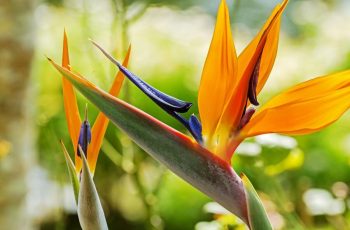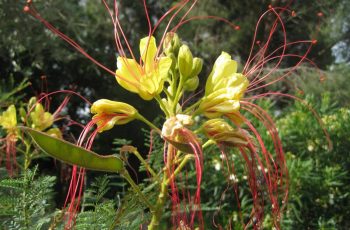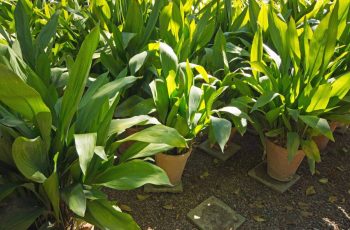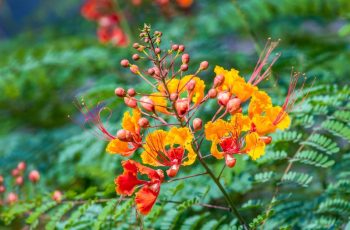Alocasia plants, known for their striking elephant ear-shaped leaves, are popular among houseplant enthusiasts for their dramatic foliage and unique growth habits. This guide provides essential tips on how to care for your Alocasia, covering aspects such as soil, light, humidity, propagation, and pest management.
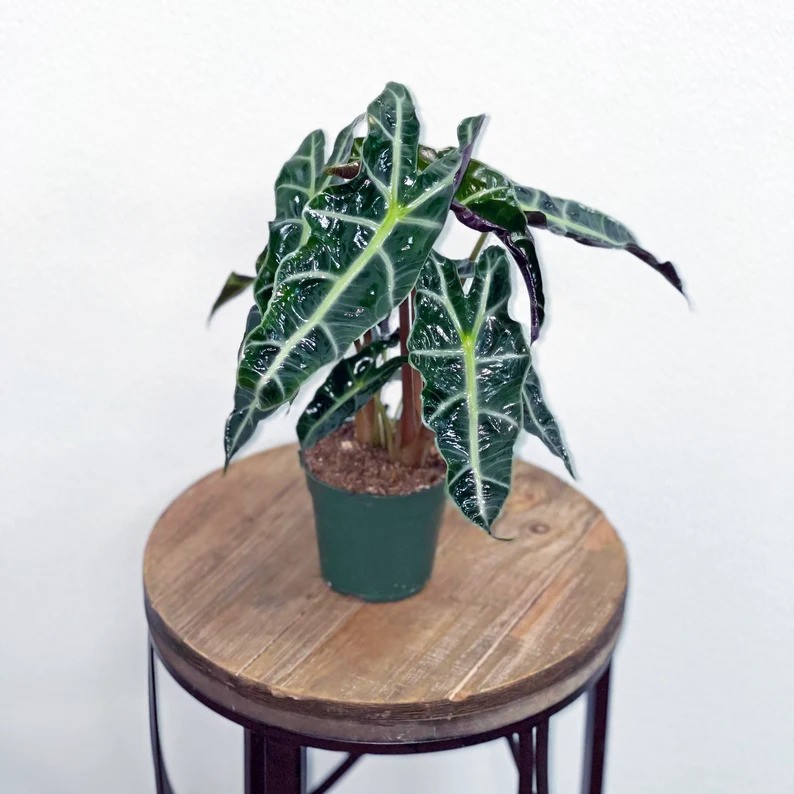
Key Takeaways About Alocasia
- Origin and Varieties: Alocasia plants originate from Southeast Asia and are recognized for their large, arrow-shaped leaves with vibrant veins. Popular varieties include Alocasia Polly, Silver Dragon, Red Secret, Purple Sword, and Giant Taro.
- Growing Conditions: These tropical plants thrive in warm, humid environments, preferring bright, filtered sunlight. They grow from rhizomes and can produce new leaves rapidly during the growing season, sometimes even weekly.
- Soil Requirements: Use a well-draining soil mix that includes coco coir, perlite, and orchid bark. This combination retains moisture while preventing waterlogging, which is crucial for healthy root development and overall plant health.
- Temperature and Humidity: Maintain daytime temperatures between 70°F and 85°F (21-29°C) and ensure nighttime temperatures do not drop below 60°F (15°C). Alocasia prefers humidity levels of 60-80%, making it ideal for bathrooms or kitchens where moisture is naturally higher.
- Watering and Fertilization: Water your Alocasia weekly during the growing season, allowing the top inch of soil to dry out between waterings. Fertilize every 2-4 weeks with a balanced, diluted fertilizer to support robust growth and vibrant foliage.
Caring for Your Alocasia
- Soil: A mix of coco coir, perlite, and orchid bark is recommended for optimal drainage and moisture retention. You can also add worm castings for extra nutrients that promote healthy growth.
- Light: Alocasia thrives in bright, indirect light but can tolerate some direct sunlight in the morning. Avoid harsh midday sun to prevent leaf burn, which can damage the plant.
- Watering: Keep the soil consistently moist but not soggy. Use distilled or rainwater when possible, and reduce watering during the winter months when the plant is dormant.
- Humidity: To maintain high humidity, consider using a pebble tray with water, misting the leaves regularly, or placing a humidifier nearby to create a suitable environment.
- Pruning and Repotting: Regularly prune away dead leaves and branches to encourage new growth and maintain the plant’s appearance. Repot annually, especially if the plant becomes rootbound, using fresh soil to support its growth.
- Propagation: Alocasia can be propagated through division. Carefully separate the rhizomes, ensuring each section has healthy leaves, and replant them in suitable soil to encourage new growth.
Common Problems and Pests
Alocasia plants can be susceptible to pests like aphids and spider mites, and diseases such as root rot and bacterial blight. Overwatering is a common issue that can lead to yellowing leaves and root problems. Ensure good air circulation and avoid placing the plant in cold drafts, which can stress the plant.

By following these care guidelines, your Alocasia can thrive, adding a touch of tropical beauty to your home. Keep an eye on their specific needs to ensure they remain healthy and vibrant throughout the year, making them a stunning centerpiece in any indoor garden.

